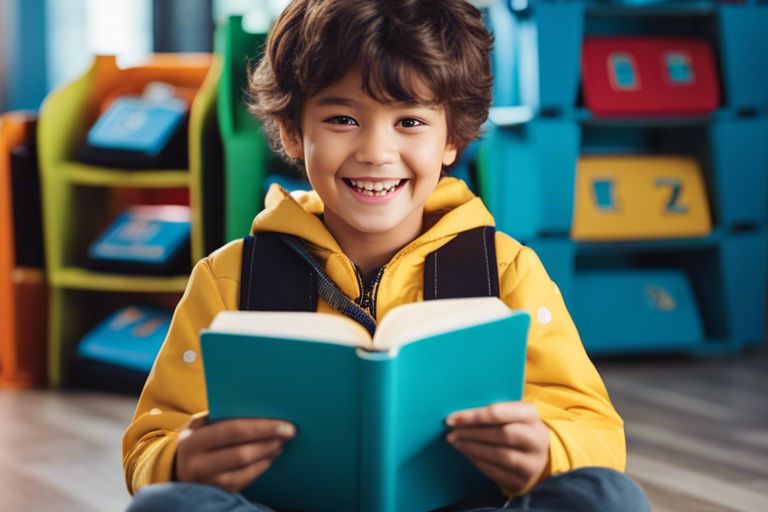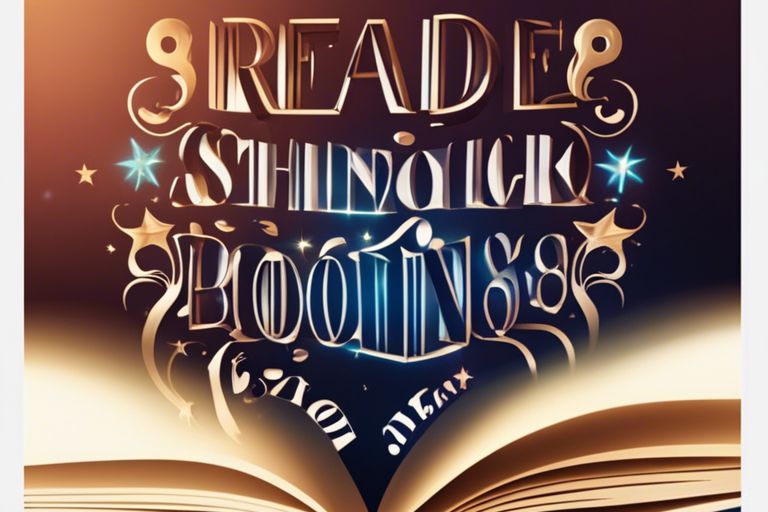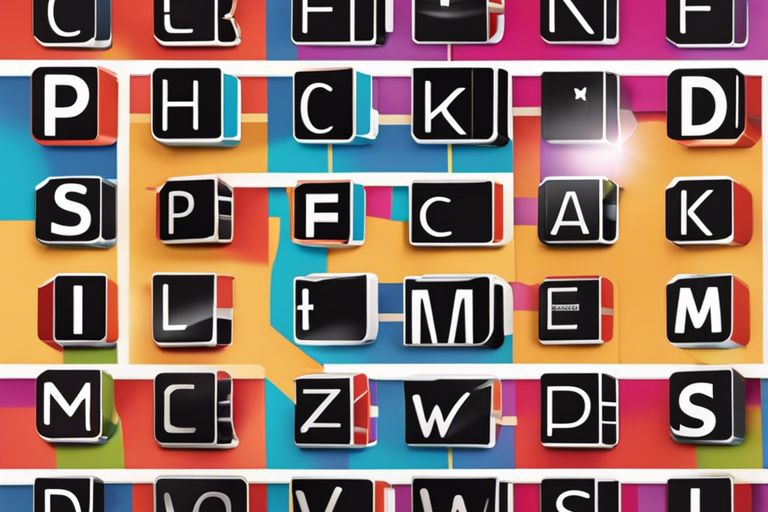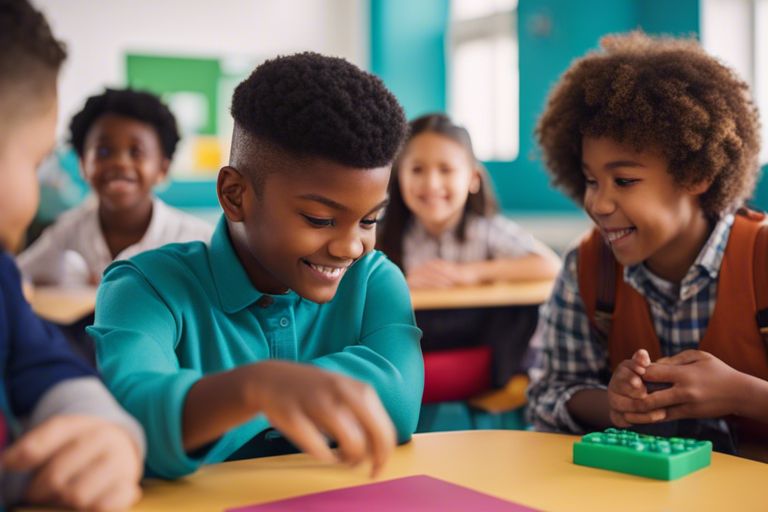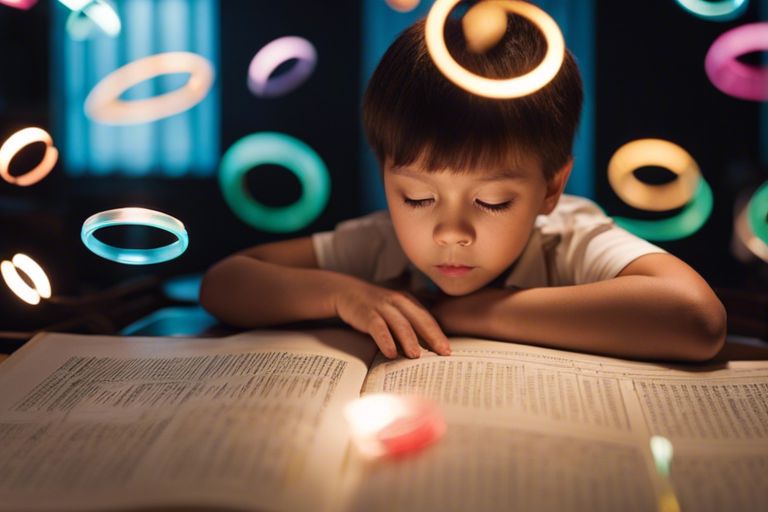In the context of teaching phonics to a diverse range of learners, one size does not fit all. Multisensory phonics techniques offer a comprehensive approach that caters to varying learning styles and abilities. By incorporating visual, auditory, and kinesthetic elements into phonics instruction, educators can effectively engage students with different strengths and challenges. In this blog post, we will explore the benefits and strategies of using multisensory techniques to teach phonics, providing valuable insights for educators looking to create inclusive and effective learning environments for all learners.
Key Takeaways:
- Effective Teaching Approach: Multisensory phonics techniques are highly effective for diverse learners, catering to different learning styles and abilities.
- Engagement and Retention: Incorporating multiple senses like visual, auditory, and tactile can help in better engagement and retention of phonics concepts.
- Individualised Learning: These techniques allow for individualised learning experiences, enabling educators to tailor instruction to meet the unique needs of each student.
- Enhanced Literacy Skills: Using multisensory phonics can lead to improved reading, writing, and spelling skills among diverse learners, boosting overall literacy proficiency.
- Inclusive Education: By using varied sensory inputs, teachers can create an inclusive classroom environment that supports the learning success of all students, including those with learning differences.
Fundamentals of Multisensory Phonics
Definition and Principles
Multisensory phonics is an approach to teaching phonics that engages multiple senses, such as visual, auditory, and kinesthetic, to help diverse learners acquire reading and spelling skills. The principles of multisensory phonics are rooted in evidence-based practices that cater to individual learning styles and provide a structured, sequential, and cumulative learning experience.
Key Components of a Multisensory Approach
The key components of a multisensory approach include phonemic awareness, phoneme-grapheme correspondence, structured and sequential instruction, explicit teaching of phonics rules, direct instruction, and continuous assessment to monitor progress. By integrating these components, educators can create an inclusive learning environment that supports all learners in developing crucial literacy skills.
Strategies and Techniques
Visual Phonics Methods
Visual phonics methods use visual cues to help learners associate letters with their corresponding sounds. This technique involves using colour coding, hand movements, and visual aids to reinforce phonemic awareness and improve decoding skills.
Auditory Phonics Techniques
Auditory phonics techniques focus on developing listening skills and sound discrimination. These techniques involve activities such as phonemic awareness games, rhyming exercises, and auditory discrimination tasks to help learners understand the relationship between sounds and letters.
By engaging the auditory senses through various activities, learners can improve their ability to recognise and manipulate sounds in words, which is vital for reading and spelling.
Kinesthetic/Tactile Phonics Activities
Kinesthetic and tactile phonics activities incorporate movement and touch to enhance phonics learning. These activities include using sandpaper letters, sensory bins with letter tiles, and movement-based games to reinforce letter-sound associations and phonemic awareness.
By involving physical movements and tactile experiences, learners with diverse needs can better internalise phonics concepts and improve their overall literacy skills.
Integrating Multisensory Phonics in the Classroom
Adapting to Individual Learning Styles
When implementing multisensory phonics techniques in the classroom, it is crucial to adapt to individual learning styles. Diverse learners may respond better to visual aids, auditory prompts, or kinesthetic activities. By incorporating a variety of sensory experiences, educators can cater to the unique needs of each student, helping them grasp phonics concepts more effectively.
Creating an Inclusive Learning Environment
To create an inclusive learning environment while integrating multisensory phonics, educators must provide opportunities for all students to actively participate. This can involve peer collaboration, small group activities, and differentiated instruction to accommodate varying learning paces and styles. By fostering a supportive and inclusive atmosphere, learners of all abilities can feel valued and motivated to engage in phonics instruction.
Assessing Progress and Outcomes
Monitoring Student Success
Monitoring student success is a crucial aspect of assessing progress in multisensory phonics instruction. Regular assessments such as quizzes, reading fluency tests, and phonics activities can help educators track individual student performance and identify areas for improvement. By closely monitoring student success, teachers can tailor their instruction to meet the diverse learning needs of their students more effectively.
Feedback and Continuous Improvement
Feedback and continuous improvement play a vital role in enhancing the efficacy of multisensory phonics techniques. Providing constructive feedback to students based on their performance can motivate them to strive for improvement. Additionally, educators can use feedback from assessments to refine their teaching methods and materials, ensuring that they are meeting the unique needs of each learner. By embracing a culture of continuous improvement, both students and teachers can work together to achieve better outcomes in phonics learning.
Multisensory Phonics Techniques for Diverse Learners
Utilising multisensory phonics techniques proves to be highly effective in catering to the diverse learning needs of students. By incorporating visual, auditory, and kinesthetic elements, educators can create a comprehensive learning experience that accommodates various learning styles and abilities. This approach not only enhances phonics skills but also improves overall literacy and language development for students with different learning preferences. As research continues to support the benefits of multisensory learning, implementing these techniques in educational settings becomes increasingly crucial for ensuring inclusive and effective teaching practices. By embracing multisensory phonics techniques, educators can empower all learners to succeed and reach their full potential in literacy acquisition.
FAQ
Q: What are multisensory phonics techniques?
A: Multisensory phonics techniques are teaching methods that engage multiple senses – such as sight, hearing, touch, and movement – to help diverse learners develop their phonics skills.
Q: Why are multisensory phonics techniques beneficial for diverse learners?
A: Multisensory phonics techniques are beneficial for diverse learners because they cater to different learning styles and preferences, making it easier for all students to grasp phonics concepts effectively.
Q: How can teachers implement multisensory phonics techniques in the classroom?
A: Teachers can implement multisensory phonics techniques in the classroom by incorporating activities that involve visual aids, auditory cues, tactile materials, and hands-on learning experiences to reinforce phonics learning.
Q: What are some examples of multisensory phonics activities?
A: Some examples of multisensory phonics activities include using sand trays for letter formation practice, playing phonics games with sound cards, conducting music and movement activities to reinforce phonemic awareness, and using manipulatives for blending and segmenting words.
Q: How can multisensory phonics techniques support students with learning differences?
A: Multisensory phonics techniques can support students with learning differences by providing multiple pathways for learning, accommodating various learning preferences, and offering the repetition and reinforcement necessary for these students to master phonics skills.


